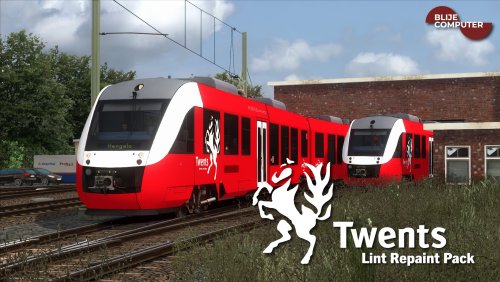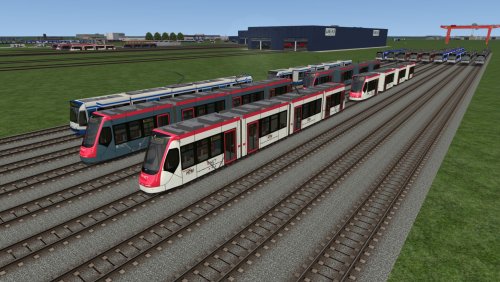Class 50
The British Rail Class 50 was a class of 50 diesel locomotives designed to haul express passenger trains at 100 mph. Built by English Electric at the Vulcan Foundry in Newton-le-Willows between 1967 and 1968, the Class 50's were initially on a 10-year lease from English Electric Leasing, and were employed hauling express passenger trains on the, then non-electrified, section of the West Coast Main Line between Crewe and Scotland. Initially numbered D400 - D449 and known as English Electric Type 4s, the locomotives were purchased outright by British Rail (BR) at the end of the lease and became Class 50 in the TOPS renumbering of 1973. The class were nicknamed "Hoovers"[2] by rail enthusiasts because of the distinctive sound made by the dynamic braking resistor cooling fan arrangement (removed at refurbishment).[3] Once the electrification from Crewe to Glasgow was completed the locomotives were moved to the Great Western Mainline out of Paddington to allow the retirement of the remaining diesel-hydraulic locomotives then in use. As trains on the GW Mainline steadily moved to High Speed Train operation from 1976, the Class 50s moved to hauling trains between London Waterloo and Exeter St Davids, and also trains from London Paddington to Hereford and Worcester via Oxford until the majority of those trains too were taken over by IC125 operation. The class was steadily retired from service in the late 1980s and early 1990s as their services moved to operation by second-generation DMUs designated as Class 159.
No files in this category yet.


![More information about "[Thijmen.1666] NS sprinter 7028 van Enschede naar Apeldoorn met SNG!"](https://simtogether.com/uploads/monthly_2025_07/Screenshot_Achterhoek-enTwentelijnenv5.1_52.23804-6.09995_08-59-14.thumb.jpg.923f08adbd44c225e75a5221bdeedd7b.jpg)
![More information about "[Thijmen.1666] NS sprinter 6117 van Zwolle naar Groningen Europapark met SNG!"](https://simtogether.com/uploads/monthly_2025_07/Screenshot_NoordoostNederlandV7.0b_52.50382-6.13429_07-24-30.thumb.jpg.ad6479ba7c4a0be181442947bb54f93d.jpg)
![More information about "[Thijmen.1666] Arriva stoptrein 17816 van Zutphen naar Apeldoorn!"](https://simtogether.com/uploads/monthly_2025_07/Screenshot_Achterhoek-enTwentelijnenv5.1_52.17862-6.08220_08-44-36.thumb.jpg.099805ebcb39559091f863a5c3e48356.jpg)
